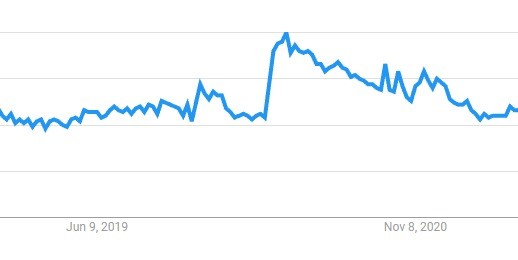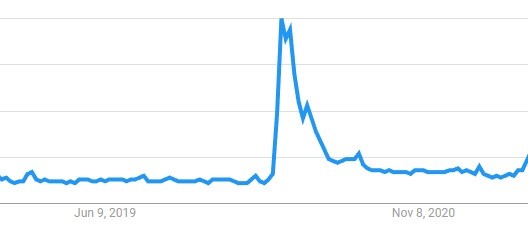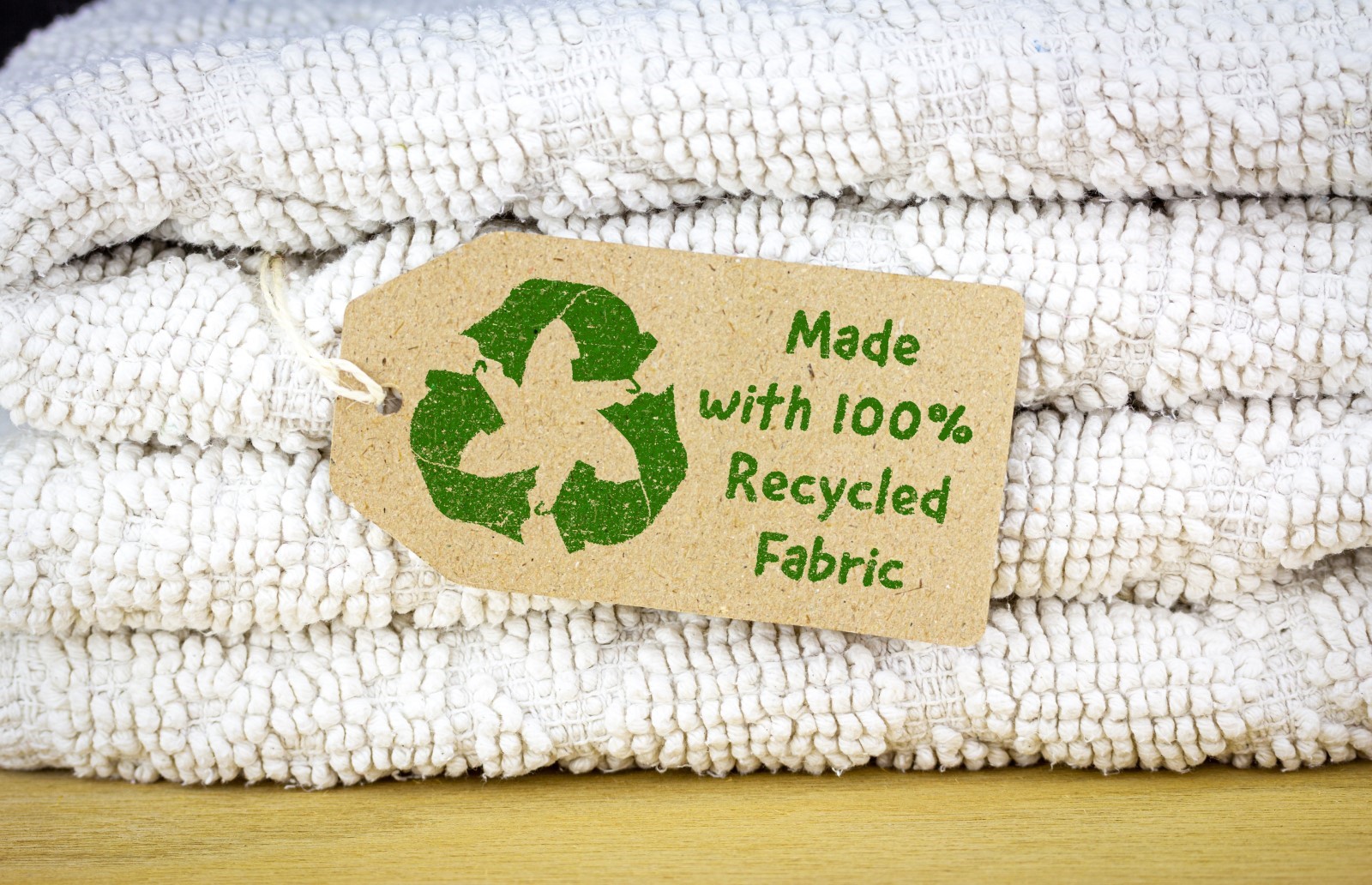Ask anyone about what they think is the worst year in history, and there’ll be a consensus on one particular year: 2020. An article by the New York Post dubbed it as ‘the year from hell’. The basketball world lost Kobe Bryant, the United States exploded in social unrest and a large swathe of Australia burned in the worst bushfire since 2002.
But among the worst that happened that year, nothing surpasses the COVID-19 pandemic.
We won’t go over how many people worldwide succumbed to the disease. But we can discuss how the world can never return to how it did things before the health crisis. Hybrid or remote work is the new normal for workplaces, people keep their distance and modern marketing is moving from brick-and-mortar to digital.

The COVID-19 virus changed nearly all aspects of modern life, including how brands promote themselves. If your post-pandemic campaign isn’t getting enough traction, it’s time to update your marketing knowledge. Fortunately, this blog post has your back.
Digital Is The New Battleground
While lockdowns were an immense help in flattening the curve, they also showed a weakness in the pre-pandemic business doctrine. Simply put, you can’t have customers if no one’s leaving their homes.

A report by the Organisation for Economic Co-operation and Development (OECD) indicated that business closure rates were the highest in the first few months of the pandemic, ranging between 20% and 40% worldwide. These rates declined as the restrictions gradually eased but remained between 10% and 30%.
During these difficult times, the world saw e-commerce overtake traditional retail in market shares. According to another OECD report, retail trade by mail or internet rose by up to 40% among European Union member states. In the United Kingdom, e-commerce share jumped from 20% in the first quarter of 2020 to over 30% in the second quarter.
Google search trends over the period also reflect this shift. Look at this graph showing global interest for the keyword ‘online store’ over time:

Now here is another graph for the keyword ‘online delivery’:

The spikes in interest occurred around March 2020 when most countries began enforcing their lockdowns. Since it became clear to people that they wouldn’t be able to go out for some time, they began looking for other ways to purchase their wants and needs.
Even as restrictions eventually eased, businesses realised how vital their shift to digital has been to their survival. It doesn’t necessarily sound the end for the brick-and-mortar store, but a business lacking a digital sense won’t last long in the post-COVID-19 market.
The Target is Customer Experience, not Competitors
Customer experience (CX) took a beating throughout the COVID crisis. In a survey conducted on over 1,400 people by a major American broadcasting company, 75% said that the pandemic impaired businesses’ ability to deliver. Some of the problems most people cited include the following:
- Making too many follow-up calls to the business
- Not getting a single email after several follow-ups
- Waiting for weeks before customer service gets back to them
- Dealing with ill-prepared customer service representatives
- Never getting their issues or concerns resolved at all
In these cases, a business can see even its most loyal patrons leave for another. Recent research by McKinsey found that many consumers, especially the younger generation, won’t hesitate to try new things or lean toward other brands for convenience’s sake. Then again, wouldn’t you leave if this is all you get from customer service?

However, matching competitors is no longer the core tenet of post-COVID marketing doctrine — at least, not directly. It isn’t so much a matter of offering a cheaper or higher-quality product or service as better sales support. For this, improving CX is a must.
Suppose you think your product costs less. Before COVID, for every five customers you have, two probably won’t care. Now that the world just went through the worst health crisis since the Spanish flu, it’s safe to say that more people won’t want to go through these inconveniences again.
There are only so many reasons a business can use for failing to deliver, especially now that they have access to customer data. With that information, customers expect companies to provide a more personalised service to them. The experience also has to improve throughout the customer journey.
Social Media Is More Indispensable Than Ever
A year into the pandemic, a peculiar trend somehow exploded on TikTok. It wasn’t a brand-new meme or a dangerous fad. It was just a short video of someone making delicious oven-baked feta pasta.
This example is just one of many. Videos with the hashtag #fetapasta have a cumulative view count of over 600 million on TikTok alone. Interest in the keyword ‘feta pasta’ had gone up and down throughout 2021, peaking in early April and Christmas.

However, the biggest winners in this viral sensation were cheesemakers in what the New York Times called the ‘TikTok feta effect’. In the United States, the sharp uptake in demand for feta after the videos went viral caught cheesemakers and sellers off guard. Once they managed to expand production, it resulted in an estimated 117% increase in feta sales.
This wouldn’t be the last food-themed video to gain millions of views on the platform, though it says a lot about one thing. Social media use has exploded since COVID.
According to the latest global data from Statista, Facebook’s user base grew by 1.7 percentage points in 2020. Meanwhile, the top five countries seeing the highest TikTok user growth are all in Europe. Norway, in particular, registered an increase of almost 250%, slightly more than Italy and Russia’s rates combined.
It’s easy to see why people use social media more than ever. As lockdowns limited access to outdoor recreation, mobile devices became the main source of entertainment at home. This trend is consistent with the 30% rise in data consumption in 2020, according to a report by the World Economic Forum.
Experts have urged companies to adopt social media marketing strategies in anticipation of this surge in social media use. Between February and June 2020, companies increased social media marketing spend by 74%. The result was a 24% increase in their return on investment.
Marketing Agility Will Be Permanent
According to a paper published in the Journal of Marketing, marketing agility measures how an entity can rapidly iterate between making sense of the market and executing marketing decisions to adapt to the seeming changes in the market.
In other words, can your business move as quickly and smoothly as this dog?

Seamless transit was how COVID-19 spread far and wide so quickly. The virus managed to leave ground zero and enter multiple countries in as few as three weeks. It prompted lockdowns and other restrictions that have greatly disrupted business activity. Businesses were cut off from their suppliers, and promotional events were postponed, downscaled or cancelled outright.
Considering the changes explained so far, post-COVID digital marketing will be poised to reduce or minimise business disruption. As mentioned earlier, mobile devices were the primary source of entertainment during lockdowns. As such, people tuned in to their favourite content creators for leisure — and businesses took notice.
Influencer marketing saw a noticeable rise in value during the pandemic. According to data from the Influencer Marketing Hub, from increments of USD$1.3 billion to USD$1.9 billion between 2016 and 2019, its global market value jumped by USD$3.2 billion in 2020. Since then, the rate of increase hasn’t gone below USD$2 billion.
Brands saw how content creators could fit into their post-COVID marketing strategy. Paying them to promote their products or services ensures continuous exposure without needing gatherings or physical events. If the situation calls for it, they can change the campaign on the fly.
Keep in mind that marketing agility isn’t the same as agile marketing. However, the two go hand in hand in helping businesses become more adaptable.
How Products Are Made Matters More Now
Experts are debating whether the COVID-19 crisis is a ‘black swan event’ or an unexpected event with lasting implications. According to Nassim Taleb, who coined the term in his book ‘The Black Swan: The Impact of the Highly Improbable’, any event must fulfil the following requirements to be considered one:
- It’s an outlier, lying beyond the realm of possibility.
- Its impact, long or short-term, is highly significant.
- It allows humans to understand it after learning about it.
Presenting both sides on the said topic is beyond the scope of this blog post. One thing we can say with confidence is that the pandemic’s effect of making people shop more ethically than before is a black swan event, as some experts say.
Studies performed during the pandemic noted an increase in people considering a product or service’s ethics or sustainability in their purchase. While awareness has been around for some time, the pandemic made people reconsider their life decisions. They can’t return to their old way of life, lest they risk getting grounded when another pandemic occurs.

Because of this, experts believe that businesses should refocus marketing efforts from offering quality products to practising quality values. People will be less inclined to buy something made with questionable sources or practices, regardless of price or quality. Sharing values customers believe in is one great way to ensure continued patronage.
You can already see these examples in real time. Your marketing campaign can take advantage of the fact that you source your materials locally, which helps communities grow and reduces your carbon footprint. The more environmentally conscious populace will like that.
Conclusion
We can summarise this post in one line: ‘Nothing will ever be the same again’.
As much as we don’t like to admit it, COVID has shown us that the way we did things, including running a business, had serious flaws. Now that the worst is over (for now, at least), companies must take this chance to make them more resistant to such disruptions. Planning for post-COVID marketing campaigns will have to take the disease into account.
Here at NO-BS Marketplace, we know your brand needs to survive and thrive in these changing times. Check out our site to understand how we can help with that.
